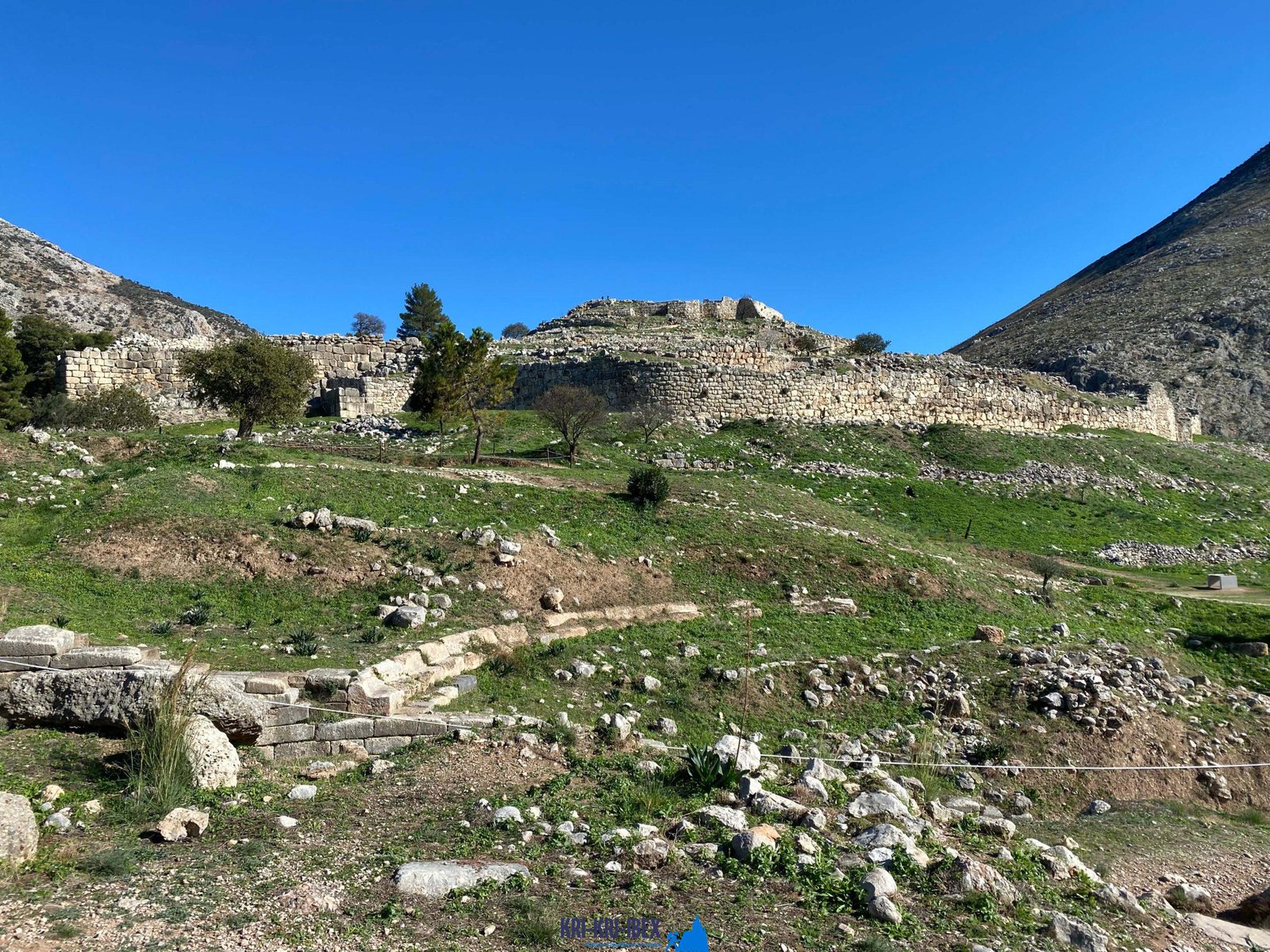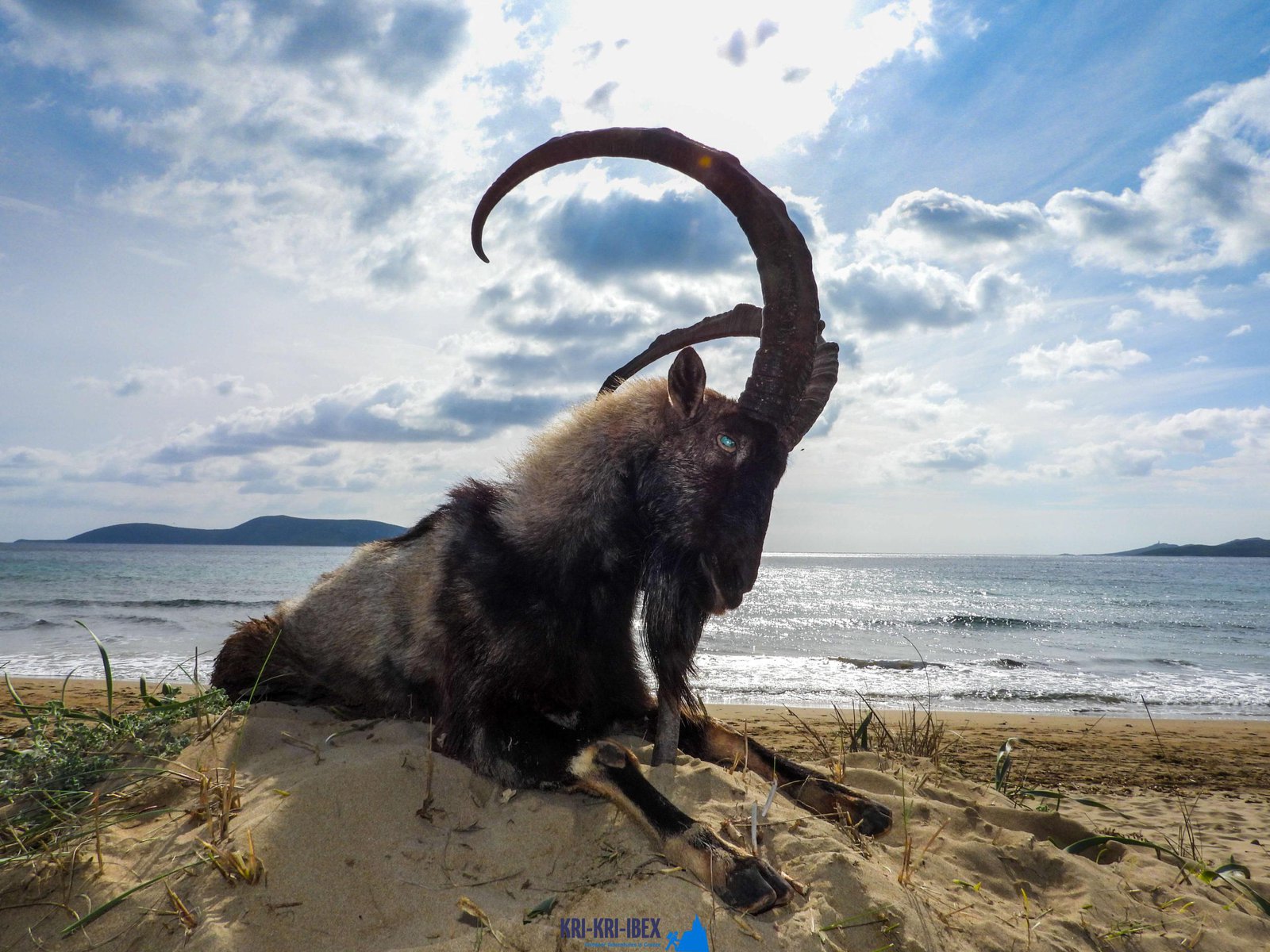
To many people, The Peloponnese peninsula on the Greek Mainland is the 'actual' Greece, where things have not altered much at all over the centuries despite the fact that many individuals have actually found it. This is an area where you might conveniently spend a month, yet if you are short in a timely manner after that our exterior hunting, Fishing, cost-free diving and also visiting Peloponnese Tours from Methoni is a great solution.

Since it is not set, the number of Ibexes varies with the population. The Ibexes of the Cretan Ibex breed Kri-Kri is the tiniest ibex in terms of body weight, but not horn size (Capra Aegagrus Cretica). A couple of samplings that went uncounted gauged 115 centimeters (45 inches). The gold trophy is 61 cm (24 inches) long. The Kri-Kri ibex is pursued in Greece currently. Searching is available on Atalanti as well as Sapientza. Hunting is permitted on Atalanti from the last week of October to the first week of December. Hunting is allowed on Sapientza for the entire month of November, depending upon weather conditions.
What to Expect on a Peloponnese Tour? When you reserve among our hunting and also visiting Peloponnese Tours from Methoni, you can expect to be surprised by the natural charm of the area. From the beautiful beaches to the woodlands and also mountains, there is something for everyone to appreciate in the Peloponnese. In addition, you will have the opportunity to taste a few of the very best food that Greece has to offer. Greek cuisine is renowned for being tasty and fresh, and also you will definitely not be disappointed. One of the most effective components concerning our scenic tours is that they are created to be both fun and also educational. You will learn about Greek history and also society while likewise reaching experience it firsthand. This is an amazing chance to immerse yourself in everything that Greece needs to offer.
So if you are looking for a genuine Greek experience far from the pressure of tourism then look no further than Methoni in The Peloponnesos! Our exterior hunting for Kri Kri ibex, fishing, cost-free diving and visiting Peloponnese trips from Methoni are the best way to discover this lovely location at your very own pace with like minded individuals. Call us today to reserve your place on among our scenic tours.
What is the diference between Kri Kri ibex, Bezoar ibex and hybrid ibex
The kri-kri is not thought to be indigenous to Crete, most likely having been imported to the island during the time of the Minoan civilization. Nevertheless, it is found nowhere else and is therefore endemic to Crete. It was common throughout the Aegean but the peaks of the 8,000 ft (2,400 m) White Mountains of Western Crete are their last strongholds–particularly a series of almost vertical 3,000 ft (900 m) cliffs called ‘the Untrodden’—at the head of the Samaria Gorge. This mountain range, which hosts another 14 endemic animal species, is protected as a UNESCO Biosphere Reserve. In total, their range extends to the White Mountains, the Samaria National Forest and the islets of Dia, Thodorou, and Agii Pandes.
This Ibex is NOT a diminutive form of the Bezoar Ibex, which has migrated into the western-most reach of the range of this species. The kri – kri (Capra aegagrus cretica), sometimes called the Cretan goat, Agrimi, or Cretan Ibex, is a feral goat inhabiting the Eastern Mediterranean, previously considered a subspecies of wild goat. The kri-kri has a light brownish coat with a darker band around its neck. It has two horns that sweep back from the head. In the wild they are shy and avoid tourists, resting during the day. The animal can leap some distance or climb seemingly sheer cliffs.
“The agrimi goat Capra aegagrus cretica is unique to Crete and its offshore islands. It has been identi®ed as a sub-species of the wild bezoar goat Capra aegagrus aegagrus Erxleben, 1777, which it closely resembles in horn shape, body form and coloration. This classi®cation has been disputed by some researchers who claim that the agrimi are feral goats, derived from early domestic stock brought to the island by the ®rst Neolithic settlers. In order to clarify this issue, DNA analyses (cytochrome b and D loop sequences) were carried out on tissue of live and skeletonized agrimi and compared to sequences of wild and domestic caprines. Results conclusively show the agrimi to be a feral animal, that clades with domestic goats (Capra hircus) rather than with wild Asiatic bezoar. This study demonstrates that morphometric criteria do not necessarily re¯ect genetic af®nities, and that the taxonomic classi®cation of agrimi should be revised.”